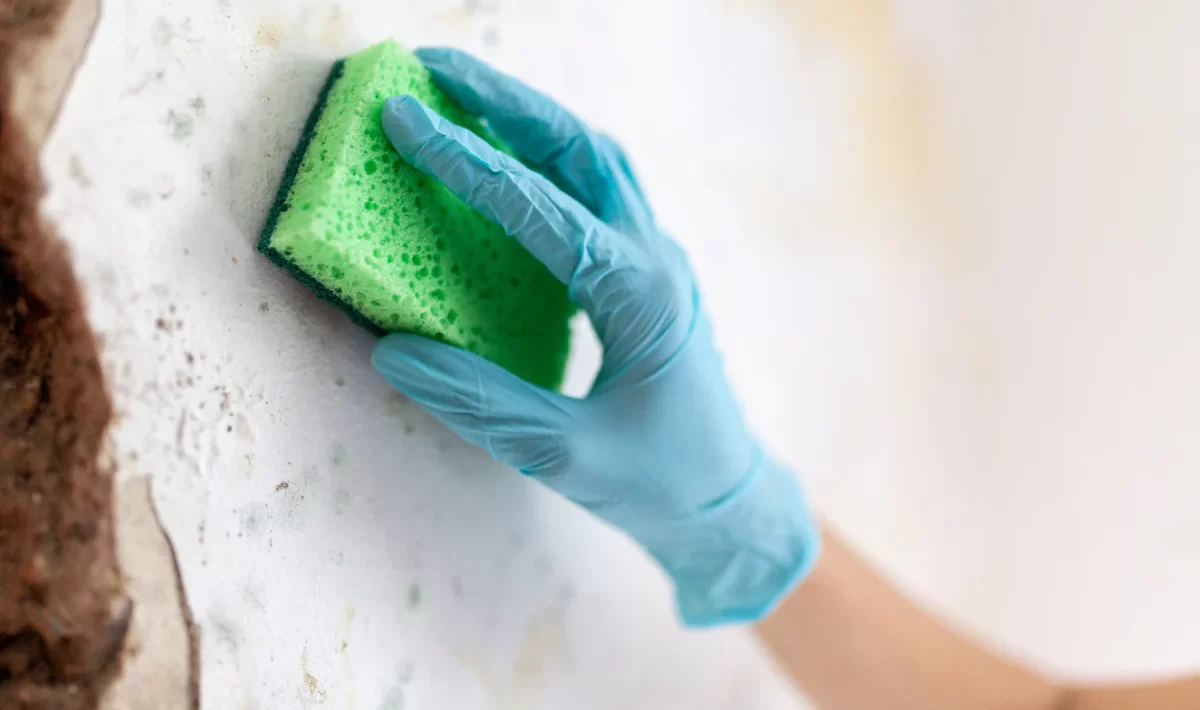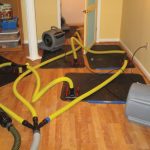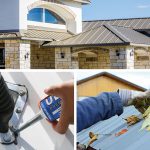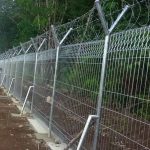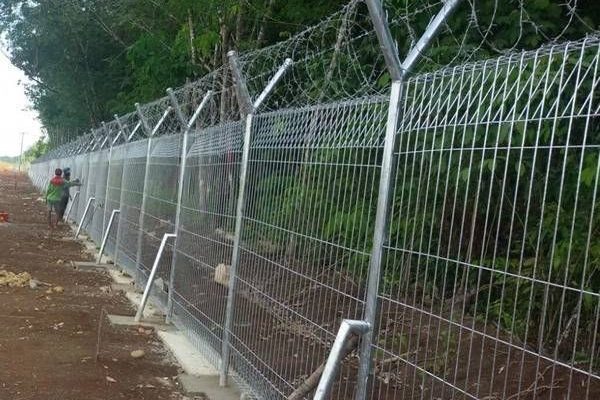Mold is a normal condition in homes in the country’s wetter areas. When there is moisture, even homes in dry areas are more prone to develop mold. Growing mold in a house can cause several health problems for homeowners. With professional Mold removal in Hunterdon County services, homeowners can identify the mold within their home and eradicate or encapsulate it. However, many homeowners use chlorine bleach to kill the mold, but it’s not an EPA-approved biocide. This article explains the basic process for mold removal.
Area of Home that Develop Mold
All places with water can develop mold. A home with excessive humidity is a breeding ground for mold. It’s been observed that newer homes often experience more mold growth since there are more tightly insulated. For instance, fiberglass insulation provides a fertile ground for mold to grow and makes it difficult to remove it.
Some common areas of the house where homeowners can find mold are attics, wall interiors, crawl spaces, ducts, under sinks, basements, kitchens, bathrooms, near foundation air vents, etc.
The Process of Mold Remediation
As per the Environmental Protection Agency (EPA), homeowners can remediate moldy areas less than 10 square feet. Beyond that, it’s imperative for them to hire a professional Mold removal in Hunterdon County contractor.
Below given are the steps for the professional mold remediation process:
- Containment and Ventilation
The first step is arguably vital, i.e., setting up containment and ventilation. The professional mold removal expert uses proper ventilation and air filtration devices (AFDs) like scrubbers to prevent distributed and airborne mold spores from spreading to an uninfected area.
- Cleaning and Disinfecting
Cleaning and disinfecting is the next crucial step for Mold removal in Hunterdon County. During this step, professionals remediate and dispose of infected materials. After cleaning and disinfecting the affected area with EPA-approved cleaners and disinfectants, the mold removal experts apply biocide, moldicide, or fungicide solutions.
- Fix the Mold Source
During this step, technicians will address the home’s moisture or humidity concerns. For instance, if an attic has a loose bathroom fan duct, a full-service mold remediation company will fix the same. However, a homeowner can hire a plumber if there are more complicated repairs.
- Encapsulate the Mold
Sometimes it can be challenging to remove mold from a particular area in the home. In such a case, a trained mold remediation service provider will encapsulate the mold with paint or similar material. Encapsulation is an approved technique to deal with mold in residential buildings.
However, this technique is advisable only when most mold is eradicated and the affected area is completely dry. It’s crucial to fic the source or cause of the mold before painting or caulking the affected area.
Conclusion
Removing mold is challenging as it requires specific training and tools. If not treated and appropriately eradicated, mold can be toxic and cause many health hazards. For these reasons, homeowners must get help from a reliable mold remediation and restoration company. These companies are acquainted with trained staff and EPA-approved equipment for a quick and safe mold removal process.

